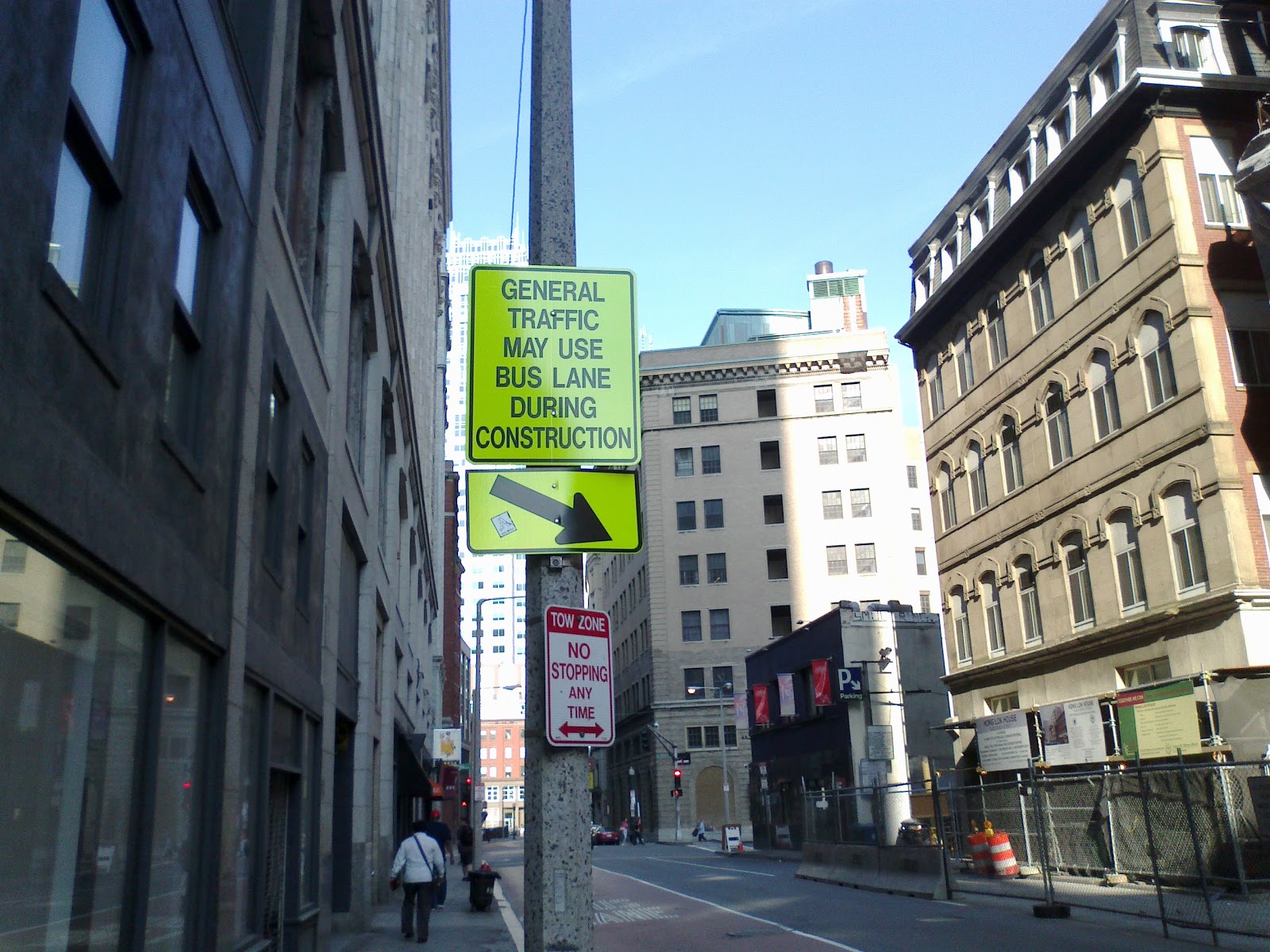I'm well aware of it. I'm a huge transit advocate and am all for reducing auto traffic via investments to public transport, but I also understand the need to optimize all forms of transit so they are efficient, more environmentally-friendly and most-importantly, safe, and that includes roadways. The alternative is to continue with this extremist anti-car agenda and get absolutely nothing done. Balance is key. Budgets are not unlimited and there's no "sandbox mode" in the real world. Boston already exhibits extremely low car ownership rates in the country.
I by absolutely no means advocate for building new highways, but am in favor of optimizing the ones we have so they reduce air pollution caused by excessive traffic as well as making them safe to use. Others on this board continually advocate for letting highways deteriorate instead of fixing them which is purely reckless endangerment and it drives me crazy. I cannot for the life of me understand how some people on here are willing to risk the lives of people just to make a point about alternative transit. The same goes for highways that do not meet standards. We should bring them to standard and then be done. No super highways or anything, just highways that meet standards and are safe to use.
I am all for increasing safety on the highways that we have. I'm not sure who you reference.
I just don't believe that "increasing safety" implies that we must build tunnels that cost $10-20 billion. It's quite easy to fix safety for significantly cheaper, but the highway officials wanted every ounce of speed they could squeeze out of it.
If safety were paramount then all the highways without shoulders would be restriped, yesterday, with shoulders. Even if that meant dropping travel lanes. Safety! And capacity is not served by pushing speed limits up to 65 mph.
In practice, the need for speed trumps both safety and capacity in the minds of highway officials. So we end up with highways without shoulders and a push for ever-higher speeds. Safety is just one aspect that often gets traded away. It's not the decision I would make, but I don't make the decisions.
The fact that "people will drive" is not a reason to subsidize it. If they want to drive, so be it, as long as they pay the cost and don't make me pay it, I'm happy. The Big Dig made all of us pay, and doesn't even have tolls for the most part.mass88 said:I would agree and also add that there will always be a large group of people who wish to drive
davem said:As much as I hate to say it, it made sense to address the big, hulking automobile eyesore first, and then clean up the transit mess afterwards. The problem is that people see the T as broken, but for some reason not fixable. You see this in the globe comments all the time, "how can they add X more apartments when the trains are dying and rusting". I feel like there is a public perception issue that transit has to be bad, and that you can't do something big-dig visionary to fix it. You can, and we need to. That's the next step.
I just don't see it happening. Look how much kicking and screaming the T did over the GLX. And that's only a small piece of the puzzle. The T has so many internal problems that need resolving, on top of its crazy funding problems, and then add all the auto-centric policy of the last few decades that is only starting to be unwound. If things were done right then the T would be the best way to get around the city, using walking for access and egress. Maybe not always the fastest way (hey, cars and even bikes can be tough to beat), nor the best way to carry heavy stuff, but overall the best deal for a typical trip when all factors are considered. I hope that wouldn't cost $200 billion (I wouldn't support that) but even a reasonable price tag is probably out of reach politically at this point (and I have no idea how hard it would be to do the political reform that makes the T a non-dysfunctional agency).
I dunno. I'm running out of steam at this point.

